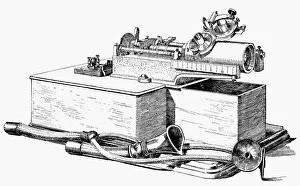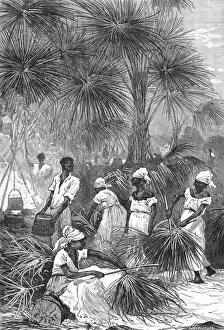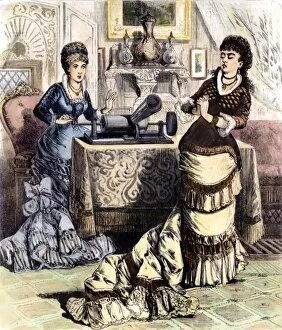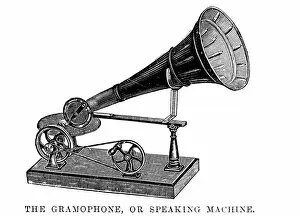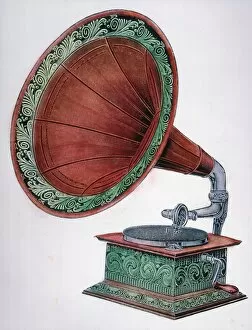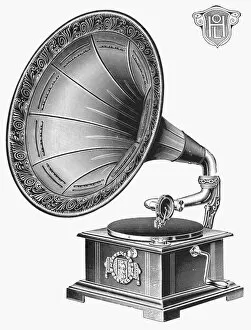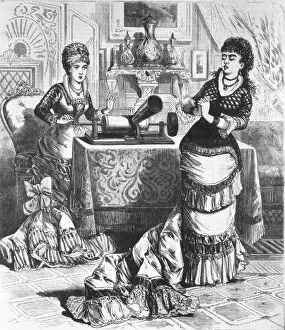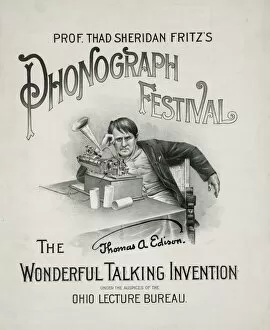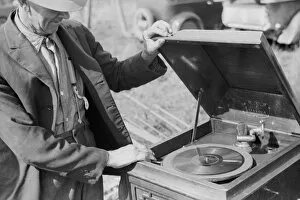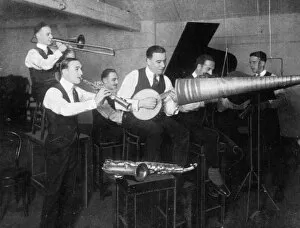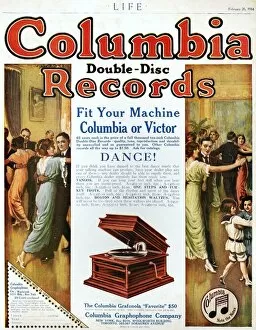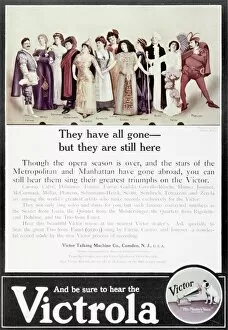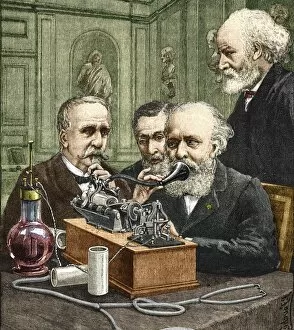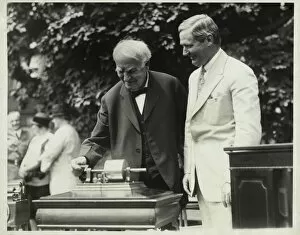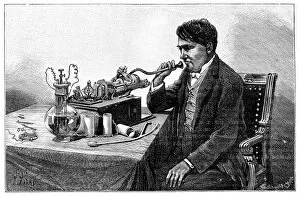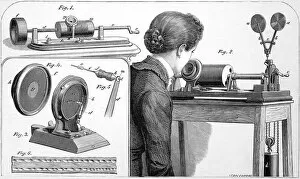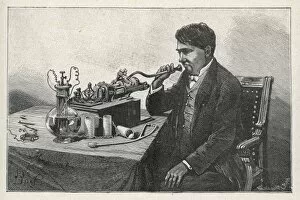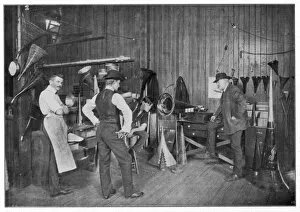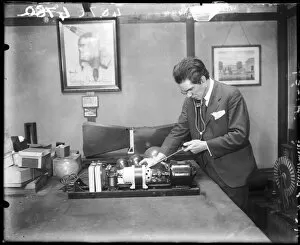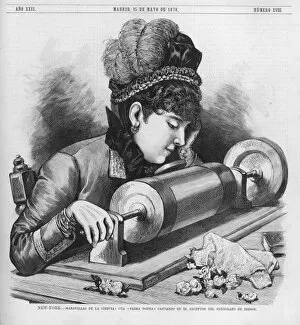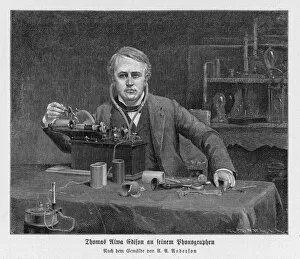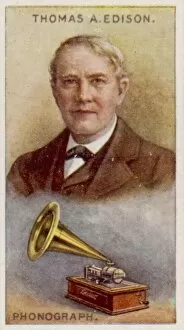Phonograph Collection (page 8)
"The Phonograph: A Timeless Marvel of Sound and Innovation" Step back in time to the early 20th century
All Professionally Made to Order for Quick Shipping
"The Phonograph: A Timeless Marvel of Sound and Innovation" Step back in time to the early 20th century, where the RCA Victor trademark and its iconic image of Nipper the dog became synonymous with music. This American lithograph poster from around 1920 captures the essence of an era when phonographs were at their peak. But let's not forget that it was Thomas Edison who paved the way for this revolutionary invention. The Phonograph Recording, a creation by Thomas Alva Edison himself, forever changed how we experience sound. It allowed us to capture voices and melodies like never before. Frances Densmore, a renowned US anthropologist, recognized the significance of this groundbreaking technology. She understood that through recording on a phonograph, cultures could preserve their oral traditions for future generations. Edison's Phonograph brought joy and entertainment into countless homes across America during the Victorian period. People marveled at being able to listen to Cardinal Manning's voice long after his passing through this incredible device. Imagine witnessing Thomas Edison himself alongside an early version of his remarkable invention - it must have been awe-inspiring. His dedication and ingenuity birthed a new era in audio reproduction that continues to shape our lives today. The Monarch 20 jukebox advertisement reminds us how far we've come since those early days. With advancements like Columbia Grafonola and The New Edison Advertisement, music lovers had even more options for enjoying their favorite tunes. The legacy of the phonograph lives on as we still appreciate its impact on our world today. From humble beginnings as an engraving depicting people listening intently to recorded sounds, it has evolved into something much greater – a symbol of human innovation and creativity in capturing moments through soundwaves.

